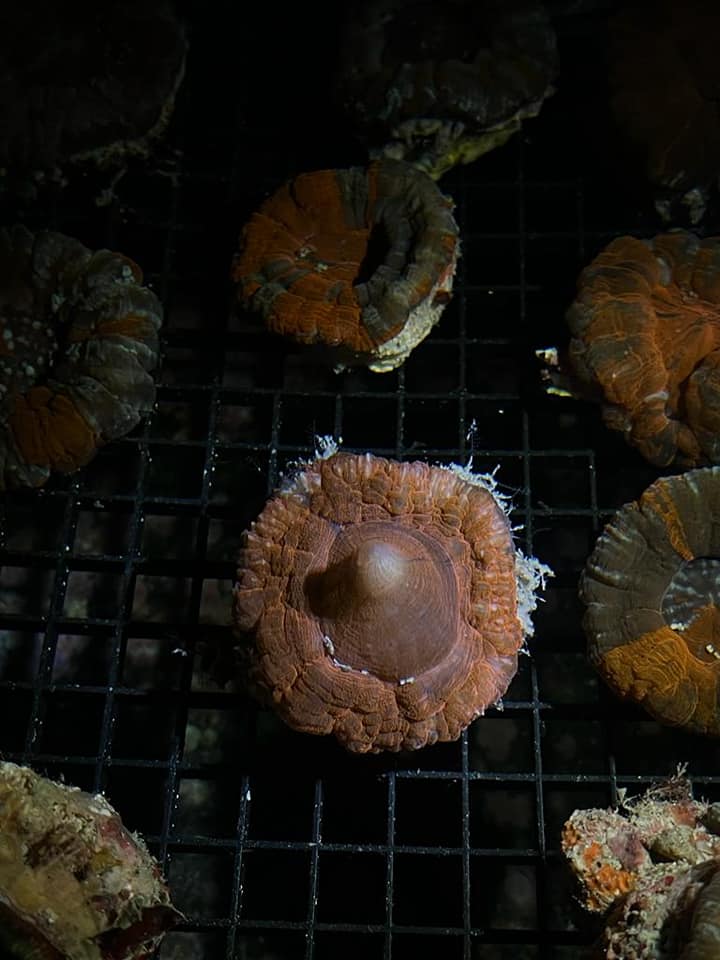
“Coral spawning seems to be like waiting for a bus. Nothing for ages and then two come along at the same time.” – Dr. Jamie Craggs, commenting on the revelation that within hours of sharing the Coral Spawning Lab’s successful production of captive-bred Scolys, Monsoon Aquatics also announced their own successful spawn and settlement of the coveted Scoly, Homophyllia australis!
Editor’s Note: No, you’re not reading the same thing twice. Just 5.5 hours after the Coral Spawning Lab announced their success with breeding Homophyllia australis in the UK, the team at Monsoon Aquatics, an Australian coral collector and exporter, shared an amazingly similar story!
Considering that coral spawning is strongly tied to lunar cycles and seasonal variations, it is logically no surprise that two teams separated by thousands of miles could effectively accomplish this incredible feat simultaneously. And yet, it is still incredibly mind-blowing; what were the odds?
via Monsoon Aquatics
What’s better than finding an amazing master Scoly??? Successfully spawning one! (watch a video of the actual spawn on Facebook).
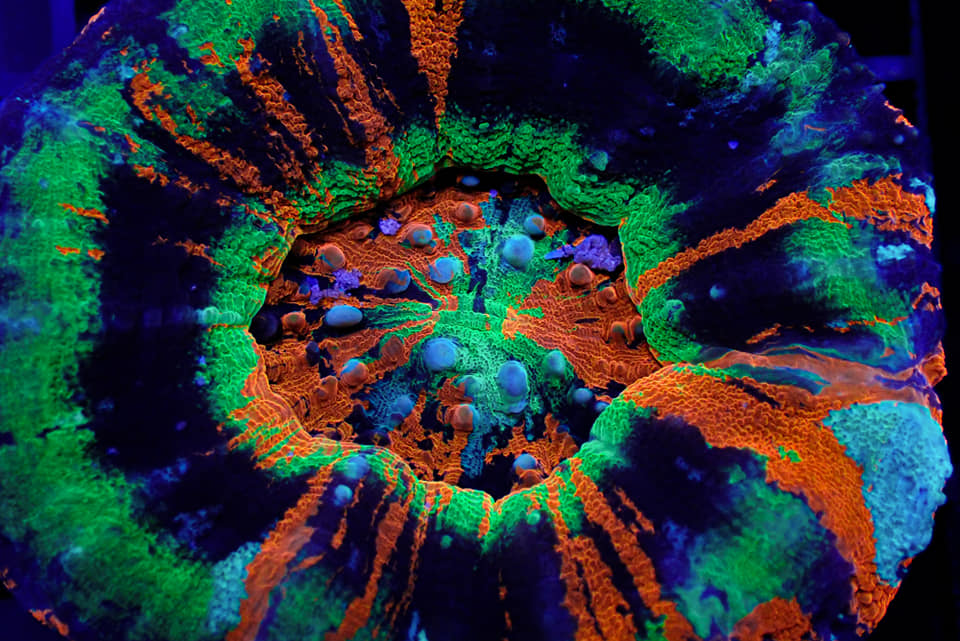
Jonathan Barton Ph.D. and Jonathan Moorhead Ph.D. (more affectionately known as ‘the Jon’s’) have been diligently working away at spawning the iconic and ever-popular Homophyllia australis Scoly at our Bundaberg, Queensland, Australia facility.
These images below are nothing short of incredible. They show the process from release to settlement in our tanks.
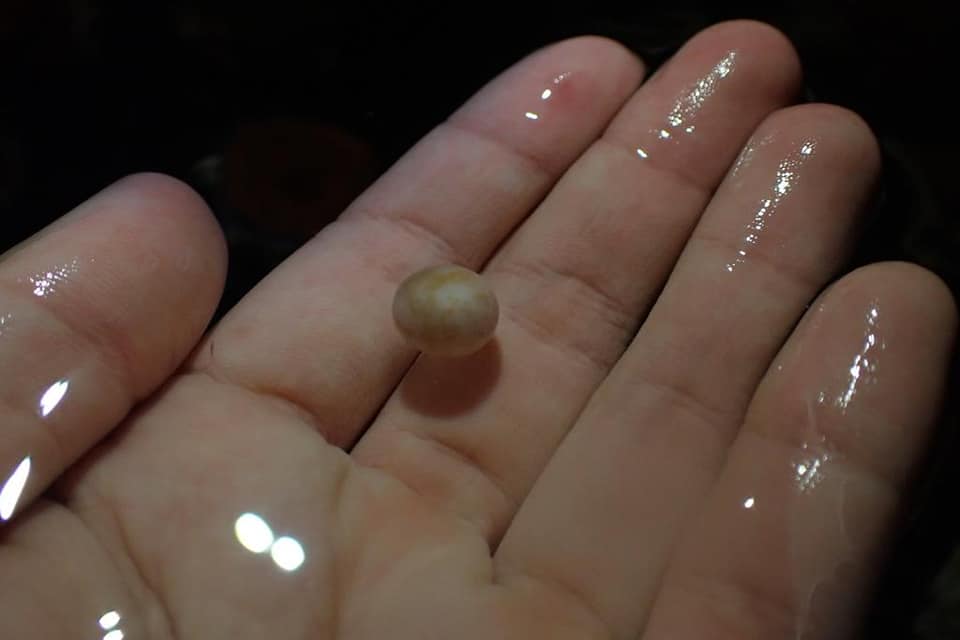
Says Daniel Kimberly, Director at Monsoon Aquatics, “We recently won a federal government grant for our spawning program, and as part of this we are working on a number of other LPS corals over the coming months.”
The future of the industry is here. And we are hugely excited to be a part of it.
###
About Monsoon Aquatics
Monsoon Aquatics is a premier collector and exporter of marine aquarium livestock from Australia, with facilities located in Darwin, Cairns and Bundaberg. Learn more at https://monsoonaquatics.com.au/
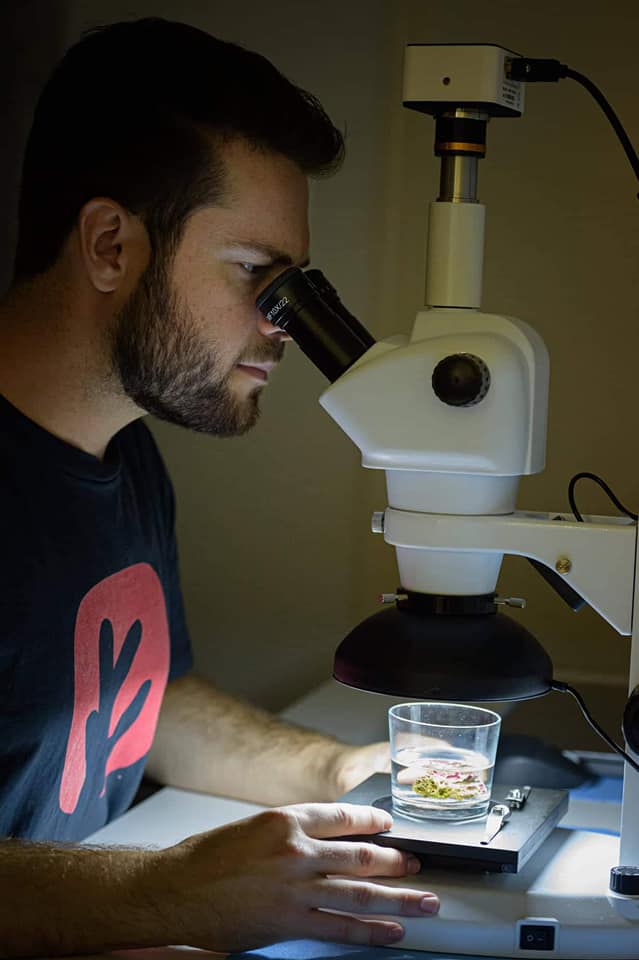
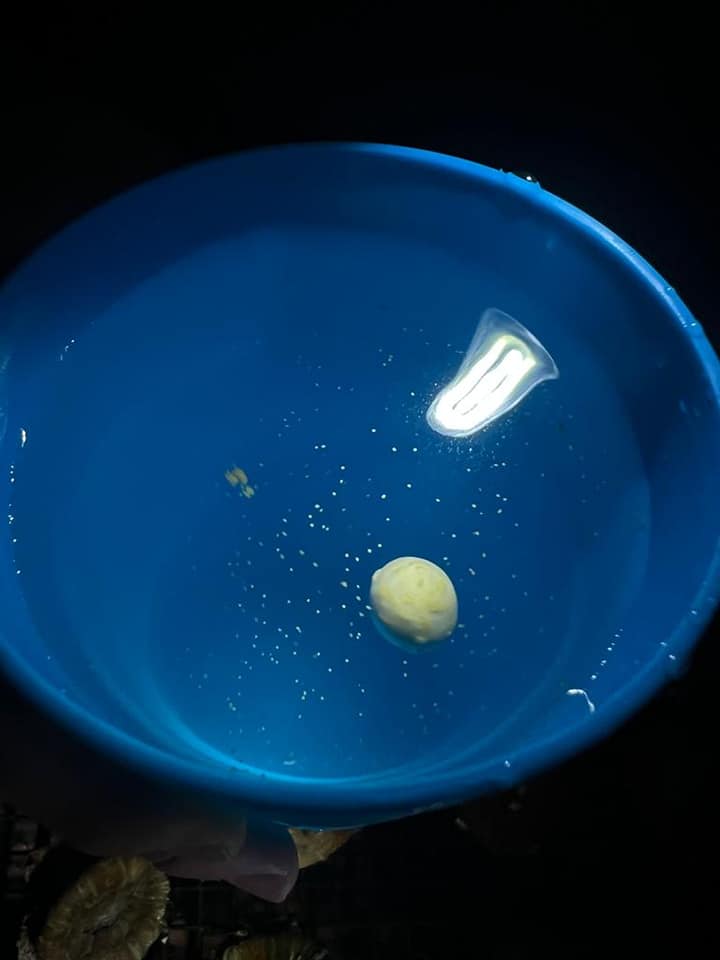
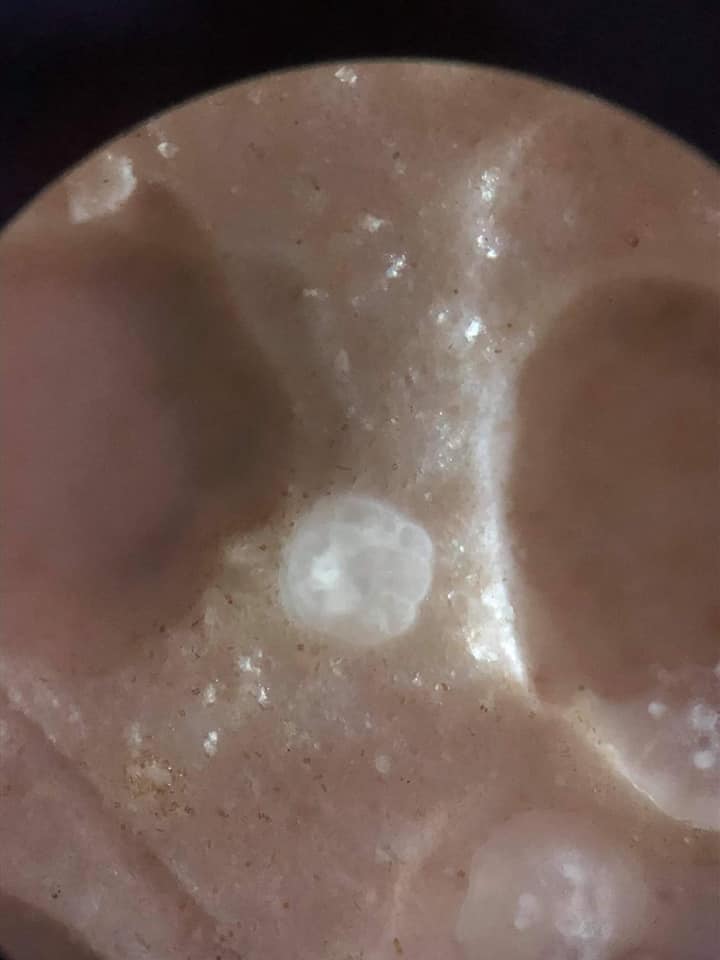





The coral from Monsoon was recently wild caught that was was spawning- all they did was film it and collect the spawn. Collecting the spawn doesn’t mean they have bred scolys, it’s the first step in a very long process. Not as impressive as inducing spawning in a tank like the Coral Spawning Lab! That deserves good credit